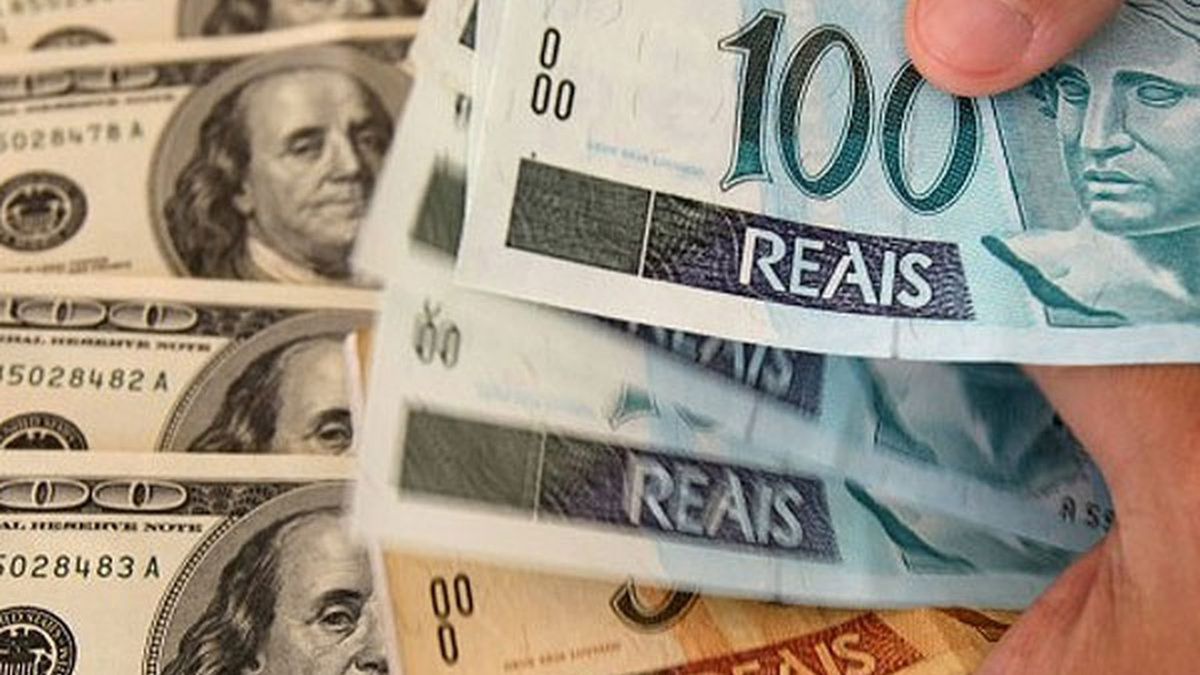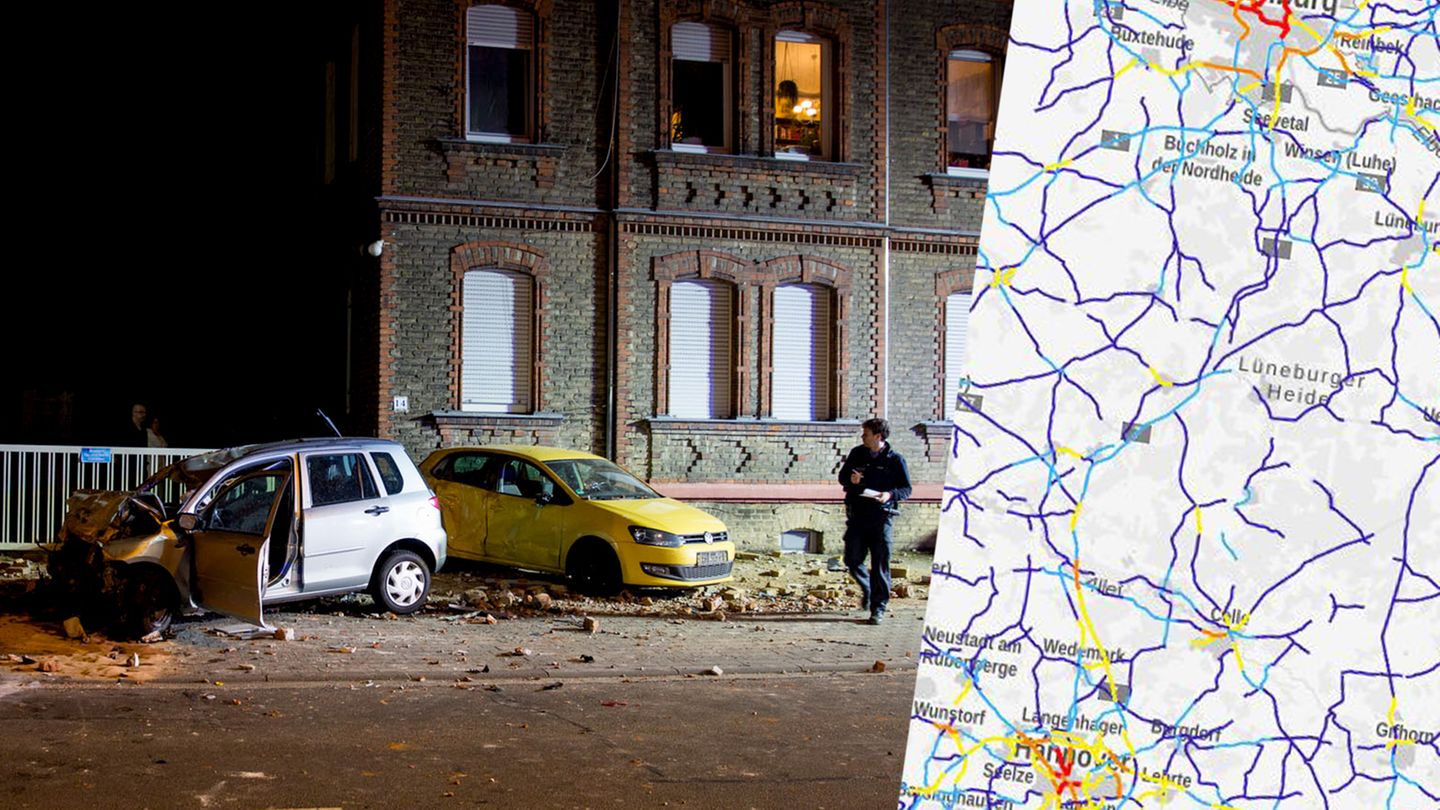The historic depreciation of real in Brazil in front of dollar has its first impacts on the commercial activity of the Uruguaywith a sharp drop in sales in the border area.
In the free shop of Riverabusinesses with more competitive prices than the rest due to the special regime of which they are part, a drop of at least 30% in sales was recorded during the months of November and December, considered the harvest season for the sector.
“Evidently the exchange rate has a direct impact here. We thought it would be a short-lived problem due to a package of fiscal measures that the government sent to Congress and reacted very badly. The dollar became worth 6 reales. But the rise of the dollar persists,” explained the president of the Rivera Free Shop Association, Gandhi Abdullahon radio Sarandí.
The businessman added that “November and December sales, which are very important for free shops, were down by at least 30%.”
“The strategy we have is to increase the level of promotions and lower the price of the dollar on our own, which further increases our losses. We hope that it is not a trend, that it is something specific and that it begins to improve,” said Abdullah, who highlighted that the rise in the dollar’s price in Uruguay “It’s a little scary.” “We have not had any action from the government yet, it is something very new,” he stressed.
He dollar in Brazil It has become more expensive in recent weeks, even breaking the historical ceiling of 6 reales. On Friday its price closed at 6.07 reais.
The situation generated massive shopping crossings by Uruguayans to the Brazilian cities on the other side of the border, although without reaching the boom that was registered last year with the diversion of consumption towards Argentina.
The Salto Economic Observatory, dependent on the Catholic University (UCU), reactivated the Artigas-Quaraí Border Price Indicatorwhich showed an increase in the price gap between Brazil and Uruguay, which is 71% more expensive than its northern neighbor.
The distance in the “Food and Non-Alcoholic Beverages” division—the one with the highest weighting, 48.59%—reaches 80.98%, while that of “Alcoholic Beverages and Tobacco” reaches 157.13%. This is followed by the “Household Products” section for which the inequality is 112.34% and “Miscellaneous Goods” with 109.50%.
Source: Ambito
David William is a talented author who has made a name for himself in the world of writing. He is a professional author who writes on a wide range of topics, from general interest to opinion news. David is currently working as a writer at 24 hours worlds where he brings his unique perspective and in-depth research to his articles, making them both informative and engaging.




